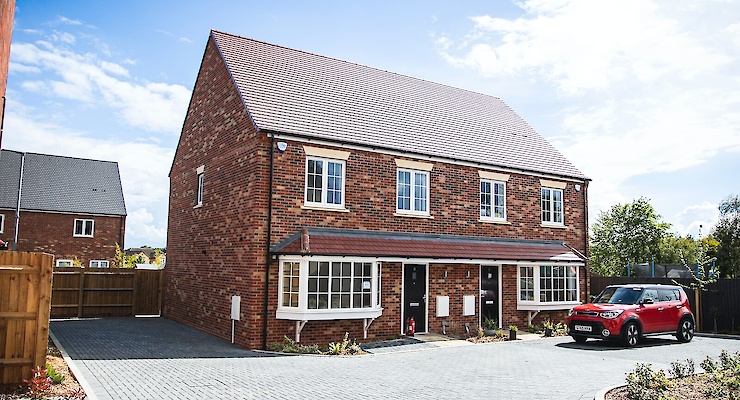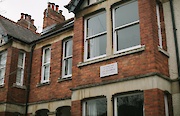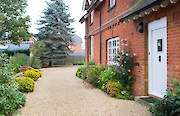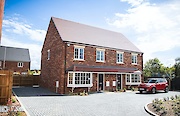


Head of Content

Mortgage Advisor & Director
About the scheme

The Help to Buy Equity Loan scheme was established to help facilitate homeownership for first-time buyers. The scheme ran from 1 April 2021 until 31 March 2023 and is now closed to applicants.
Under the scheme, the Government lends you up to 20% of the cost of your newly built home. You provide a deposit of 5% and mortgage the remaining 75%. In London, the upper loan limit is 40%, with the deposit requirement remaining at 5%.
For the first five years, you will not pay interest on the equity loan, and from the sixth year, you will pay 1.75% interest. The fee then increases annually in line with the Retail Price Index (RPI) + 1%.
The Government has extended the Help to Buy equity loan scheme from 2021 to 2023 for first-time buyers purchasing new-build homes.
The Help to Buy scheme is only available in England, however there are comparable schemes in Scotland and Wales.
Eligibility and Conditions
- You must not own any other property when you buy your new home under the scheme.
- The home must be newly built.
- The purchase price must not exceed £600,000.
- You must take out a repayment mortgage.
- The equity loan must be repaid after 25 years or when you sell, whichever comes earlier.
- You must repay the same percentage ratio as you initially borrowed from the proceeds of the sale should you sell your home.
Updates from 1st April 2021
From the 1st April 2021 to the planned completion at the end of March 2023, there are changes to consider.
- The scheme will be open to first time buyers only; those who have previously owned property will no longer be eligible.
- There will be regional price caps to reflect local house values:
| Area | Price Cap |
|---|---|
| North East | £186,100 |
| North West | £224,400 |
| Yorkshire and The Humber | £228,100 |
| East Midlands | £261,900 |
| West Midlands | £255,600 |
| East of England | £407,400 |
| London | £600,000 |
| South East | £437,600 |
| South West | £349,000 |
More information
Our team of experienced advisors have helped many people to secure the best deal possible on their Help to Buy mortgage, complete our simple online form today to get started!
Learn more on the Help to Buy Equity Loan scheme here on the government website.
Choosing an Adviser
Selecting a qualified and experienced mortgage adviser is of great importance. To choose a suitable adviser, evaluate their qualifications, experience, and reputation, and ensure they are regulated by the Financial Conduct Authority (FCA).
Read reviews from previous clients and make sure they provide a clear explanation of the products and services they offer, as well as the fees and charges associated with them.


























































































































































